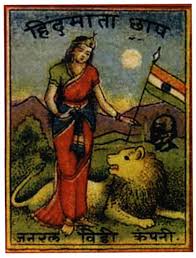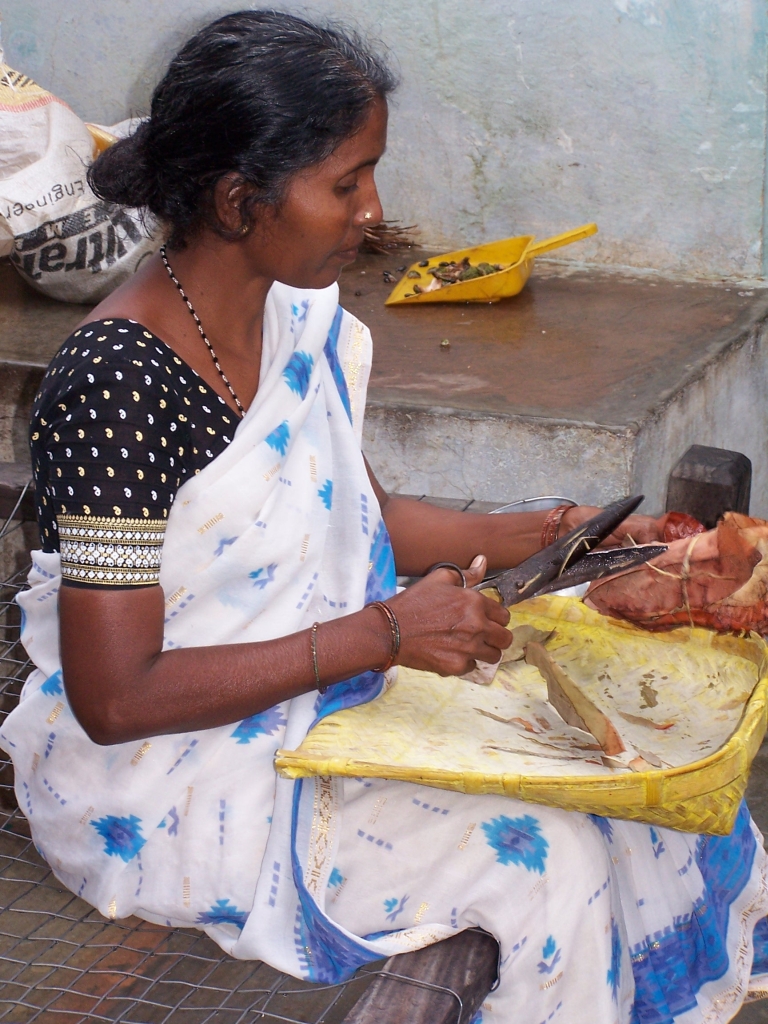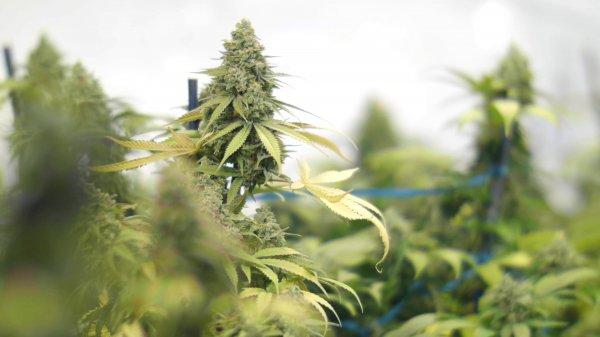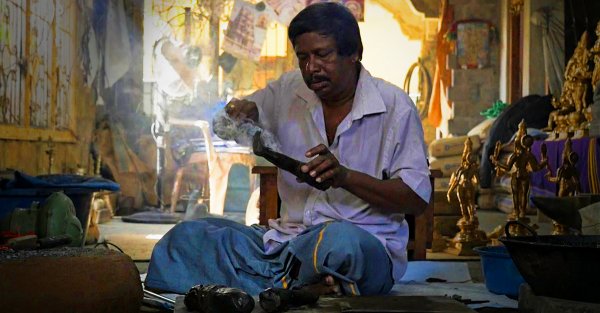
A rolled-up leaf, held together by an adhesive or string around one end. The smell of harsh, unfamiliar smoke. This is the beedi, smoked by many across the island as an alternative to the more expensive cigarette.
The practice of making and smoking beedi (or bidi) originated in the late 17th century, in the tobacco-producing districts of Kheda and Panchamahal in Gujarat, India.
Instead of using the cumbersome hookah, which was popular at the time, labourers on tobacco plantations would roll leftover tobacco flakes in leaves of the Astra (Mountain Ebony) tree to smoke during their breaks.
This, ‘poor man’s cigarette’, was used only for private consumption, until the 19th century, when tobacco businessmen noticed their popularity in Gujarat, and began selling them alongside regular cigarettes across India.

Gujarati brothers Mohanlal and Hargovindas Patel are credited with formalising the industry, when they discovered the advantages of using the local Tendu leaf (East Indian Ebony), available in abundance in Jabalpur, Central India, to wrap the tobacco in.
As the leaf did not crack when rolled, and complemented the flavour of tobacco well, the Patel’s beedi business soon became very successful, and their formula was adopted by other manufacturers across India.
In the 20th century, the humble beedi gained cultural significance in India, when it was used as part of the ‘Swadeshi andolan’, or, anti-Imperialist drive, which gave local products precedence over British imports.
Beedi brands like ‘Hindmata’ (Mother India) made the most of the movement by arousing nationalistic sentiment by using images of Mother India tending to a lion, an imprint of Mahatma Gandhi and use of the flag’s tricolour, on their packaging.
The popularity of the beedi soon spread across the subcontinent—including to Sri Lanka, where it exists in the form of a cottage-industry, with little taxation and no regulation.
Not Insignificant

But while the beedi industry is informal in Sri Lanka, it is not insignificant.
The Social Development Network (SDN), which estimates that over 2.5 billion sticks are manufactured annually, argues that, considering extent and reach, beedi-making should no longer be considered a cottage industry.
The last quarterly report by the Ceylon Tobacco Company (CTC) estimates that 4.5 billion sticks were sold in 2018, indicating that up to 2 billion sticks were either imported illegally, or manufactured under the radar.
Large quantities of the Tendu leaf—which is the only part of the beedi that is taxed, at Rs. 3, 500 a kilo—have been seized by authorities , sometimes as they are hand-carried through the airport or brought in via fishing boats off the northern seas.

But the beedi brings with it serious health concerns. Being filterless, it delivers more tar and nicotine to the smoker—and those working in the industry are not exempt. In the absence of adequate protection, long-term exposure to tobacco results in cotinine and ‘substantial levels of nicotine’ in the body, affecting eyesight, skin and the respiratory system.
The female-driven industry also lacks basic labour protections: “Of the 8,000 families involved in manufacturing, more than 95% of the workers are women,” said Jeewa Siriwardena, President of the SDN. “[And] they are not covered by any form of contract or health and safety standards.”
Children are also often involved in the trade, supporting their parents in rolling beedis and Siriwardena believes this must stop. But demand for beedi is on the increase, as tax hikes (by Rs.3.5 per stick last year and by Rs.5 a stick this June) on regular cigarettes force smokers to look for cheaper alternatives.
At Rs. 5 a stick currently, the beedi is far more economical for smokers than upscale brands that retail at approximately Rs. 65-70 a stick now. And since beedis are not packaged, and only sold loose, or in bundles, they contain none of the pictorial warnings that have proven an effective deterrent to tobacco smoking.
But with increasing popularity, and rising health concerns, it is clear regulation must be introduced to manage the industry. Price increases and tax-related hikes are known to lead to significant reductions in smoking, with the SDN also pointing out that the government stands to earn over 7.5 billion annually in revenue if implemented, but the government is yet to move proactively in this area.








